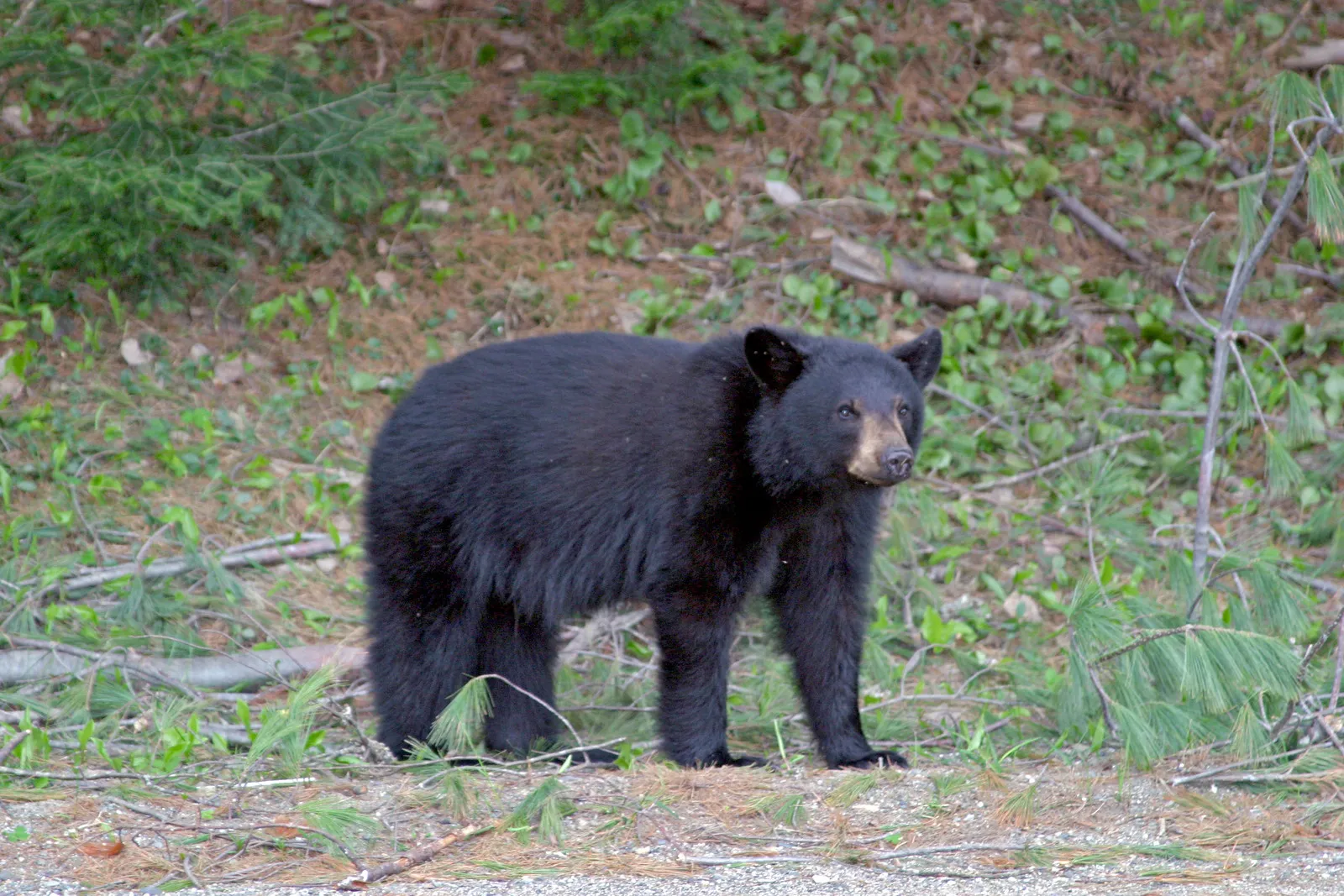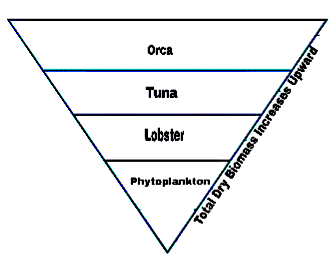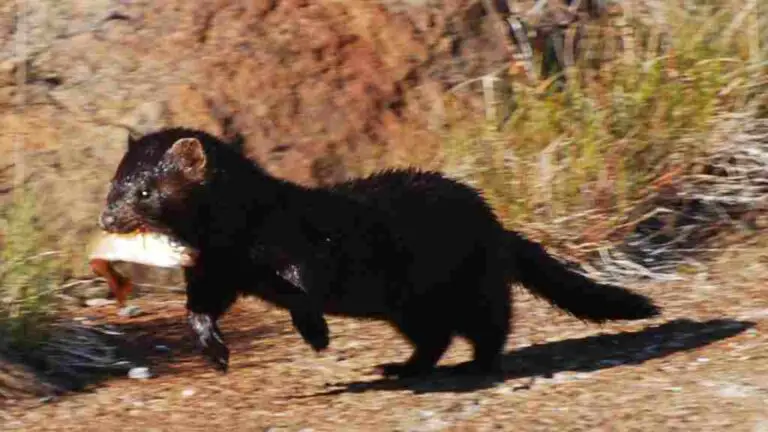Wolves, scientifically known as Canis lupus, play a crucial role as tertiary consumers in forest ecosystems. These magnificent creatures are apex predators, meaning they are at the top of the food chain within their habitat. As tertiary consumers
In forest ecosystems
Apart from regulating prey populations, wolves also indirectly impact the behavior and distribution of other species within the ecosystem. Their presence can influence the movements of herbivores, which in turn affects vegetation patterns. Moreover, scavengers benefit from the remains of wolf kills, further contributing to the intricate web of interactions in the forest.
However, wolves face various challenges, including habitat loss, human-wildlife conflict, and persecution. Conservation efforts are crucial to maintaining healthy wolf populations and preserving the integrity of forest ecosystems
2. Puma: Tertiary Consumer in the Forest
The puma, also known as the cougar or mountain lion (Puma concolor), is a formidable tertiary consumer in forest ecosystems. As a solitary apex predator, the puma plays a vital role in regulating prey populations and shaping the dynamics of the forest community. With a wide range spanning from North to South America, pumas have adapted to various forest habitats, including temperate rainforests, deciduous forests
Pumas primarily prey on a variety of animals, including deer, elk, wild boar, and smaller mammals like raccoons and rabbits. Their hunting prowess is facilitated by their stealth, agility, and powerful physique, allowing them to ambush and overpower prey with precision and speed. Pumas are opportunistic hunters, capable of adapting their hunting strategies to different prey species and environmental conditions.
In forest ecosystems, pumas play a crucial role in controlling the population of herbivores, which helps maintain the balance of vegetation and prevents overgrazing. By targeting weaker or diseased individuals, pumas also contribute to the overall health and resilience of prey populations.
However, like other large carnivores, pumas face numerous threats, including habitat fragmentation, human encroachment, and poaching. Conservation efforts focused on protecting puma habitat and mitigating human-wildlife conflicts are essential for ensuring the long-term survival of these iconic predators and the integrity of forest ecosystems.
3. Leopard: Tertiary Consumer in the Forest
Leopard (Credit: Rute Martins of Leoa’s Photography 2010 (CC BY-SA 3.0)
Leopards (Panthera pardus) are powerful and adaptable predators that inhabit a wide range of forest habitats across Africa and Asia. As tertiary consumers in forest ecosystems, leopards play a crucial role in regulating prey populations and shaping the dynamics of the food web.
Leopards are highly opportunistic hunters, preying on a diverse range of animals, including ungulates such as deer, antelope, and wild boar, as well as smaller mammals like monkeys, rodents, and birds. Their remarkable strength, agility, and stealth enable them to hunt both on the ground and in trees, giving them access to a wide variety of prey species.
In forest ecosystems, leopards help maintain the balance of prey populations by targeting individuals that are old, sick, or weak. By controlling herbivore populations, leopards indirectly influence vegetation dynamics and promote biodiversity within their habitat.
Despite their adaptability and hunting prowess, leopards face numerous threats, including habitat loss, human-wildlife conflict, and poaching for their skins and body parts. Conservation efforts aimed at protecting leopard habitat, reducing human-wildlife conflict, and combating illegal wildlife trade are crucial for ensuring the long-term survival of these magnificent predators and the health of forest ecosystems.
4. Python: Tertiary Consumer in the Forest
Pythons are large, non-venomous snakes belonging to the family Pythonidae. Found in tropical and subtropical forests around the world, pythons are important tertiary consumers, playing a significant role in regulating prey populations and contributing to the overall balance of forest ecosystems.
As ambush predators, pythons rely on stealth and patience to capture their prey. They feed on a wide range of animals, including small mammals, birds, reptiles, and amphibians. Pythons are capable of consuming prey much larger than themselves, thanks to their flexible jaws and powerful constriction.
In forest ecosystems, pythons help control the population of small mammals and birds, which helps maintain the balance of the ecosystem and prevents overgrazing of vegetation. By preying on rodents and other small animals, pythons also help reduce crop damage and the spread of diseases carried by these animals.
However, pythons face threats from habitat loss, illegal wildlife trade, and persecution by humans. In some regions, invasive species such as the Burmese python have become a significant concern, posing a threat to native wildlife. Conservation efforts aimed at protecting python habitat, controlling invasive species, and combating illegal wildlife trade are essential for ensuring the long-term survival of these fascinating reptiles and the health of forest ecosystems.
5. Eagle: Tertiary Consumer in the Forest
Eagles are majestic birds of prey belonging to the family Accipitridae, known for their keen eyesight, powerful talons, and soaring flight. In forest ecosystems, eagles occupy the position of tertiary consumers, playing a crucial role in regulating populations of smaller animals and contributing to the overall balance of the ecosystem.
As apex predators, eagles primarily prey on a variety of animals, including small mammals, birds, reptiles, and fish. Their hunting strategies vary depending on their habitat and prey availability, but eagles are known for their remarkable speed and agility in capturing prey both on the ground and in the air.
In forest ecosystems, eagles help control the population of small mammals and birds, which helps prevent overgrazing of vegetation and maintains the balance of the ecosystem. By targeting weaker or diseased individuals, eagles also contribute to the overall health and resilience of prey populations.
However, eagles face numerous threats, including habitat loss, pollution, electrocution from power lines, and illegal hunting. Conservation efforts focused on protecting eagle habitat, reducing human-wildlife conflict, and combating threats such as pollution and poaching are essential for ensuring the long-term survival of these magnificent birds and the health of forest ecosystems.
6. Caiman: Tertiary Consumer in the Forest
Credit: Wolves201 2012 (CC BY-SA 4.0)
Caimans are crocodilian reptiles belonging to the Alligatoridae family, found in freshwater habitats such as rivers, lakes, and swamps within forest ecosystems. As tertiary consumers, caimans play a significant role in regulating populations of aquatic and semi-aquatic animals and contributing to the overall balance of the ecosystem.
Caimans are opportunistic predators, feeding on a variety of prey, including fish, amphibians, reptiles, birds, and small mammals. Their powerful jaws and sharp teeth enable them to capture and consume a wide range of prey species, making them efficient hunters within their habitat.
In forest ecosystems, caimans help control the population of fish and other aquatic organisms, which helps maintain the balance of the ecosystem and supports the diversity of freshwater
However, caimans face threats from habitat loss, pollution, overfishing, and hunting for their skin and meat. Conservation efforts focused on protecting caiman habitat, regulating hunting and fishing practices, and mitigating threats such as pollution and habitat degradation are crucial for ensuring the long-term survival of these fascinating reptiles and the health of forest ecosystems.
7. Black Bear: Tertiary Consumer in the Forest
Black Bear (Credit: U.S. Fish and Wildlife Service Northeast Region 2011, Uploaded Online 2014)
Black bears (Ursus americanus) are large mammals belonging to the family Ursidae, found in forest habitats across North America. As tertiary consumers, black bears play a crucial role in regulating populations of various animals and contributing to the overall balance of forest
Black bears are omnivorous, feeding on a wide range of plant and animal matter, including fruits, nuts, berries, insects, small mammals, and carrion. Their diet varies depending on the season and availability of food resources, with bears often foraging extensively during the spring and summer months to build up fat reserves for winter hibernation.
In forest ecosystems, black bears help disperse seeds through their consumption of fruits and berries, contributing to the regeneration of plant communities. They also play a role in controlling populations of small mammals and insects, which helps maintain the balance of the ecosystem and supports the diversity of forest habitats.
However, black bears face numerous threats, including habitat loss, human-wildlife conflict, poaching, and climate change climate change
8. Congo Bay Owl: Tertiary Consumer in the Forest
The Congo Bay Owl (Phodilus prigoginei) is a species of owl endemic to the Congo Basin rainforest in Central Africa. As a tertiary consumer in the forest ecosystem, the Congo Bay Owl plays a significant role in controlling populations of small mammals and contributing to the overall balance of the ecosystem.
Congo Bay Owls primarily feed on small rodents, insects, and other small vertebrates found within the dense vegetation of the rainforest. Their nocturnal hunting habits and excellent low-light vision make them efficient predators in their habitat.
In forest ecosystems, Congo Bay Owls help regulate the population of small mammals and insects, which helps maintain the balance of the ecosystem and supports the diversity of forest habitats. By targeting prey species that may otherwise become pests or disrupt the ecosystem’s equilibrium, Congo Bay Owls indirectly contribute to the health and stability of the forest ecosystem.
However, Congo Bay Owls, like many other forest-dwelling species, face threats from habitat loss, deforestation, and human disturbance. Conservation efforts focused on protecting the Congo Basin rainforest and mitigating the impacts of human
9. Shelley’s Eagle Owl: Tertiary Consumer in the Forest
Shelley’s Eagle Owl (Bubo shelleyi) is a large owl species found in the montane forests of East Africa, including Kenya, Tanzania, and Uganda. As a tertiary consumer in the forest ecosystem, Shelley’s Eagle Owl plays a crucial role in controlling populations of small mammals and contributing to the overall balance of the ecosystem.
Shelley’s Eagle Owls primarily feed on a variety of prey, including rodents, birds, reptiles, and insects. Their powerful talons and keen senses make them effective nocturnal predators, capable of hunting in the dense vegetation of montane forests.
In forest ecosystems, Shelley’s Eagle Owls help regulate the population of small mammals and birds, which helps maintain the balance of the ecosystem and supports the diversity of montane forest habitats. By targeting prey species that may otherwise become pests or disrupt the ecosystem’s equilibrium, Shelley’s Eagle Owls indirectly contribute to the health and stability of the forest ecosystem.
However, Shelley’s Eagle Owls face threats from habitat loss, deforestation, and human disturbance, particularly in regions where montane forests are being cleared for agriculture or development. Conservation efforts focused on protecting owl habitat, preserving montane forests, and mitigating the impacts of human activities are essential for ensuring the long-term survival of this magnificent species and the health of forest ecosystems in East Africa.





